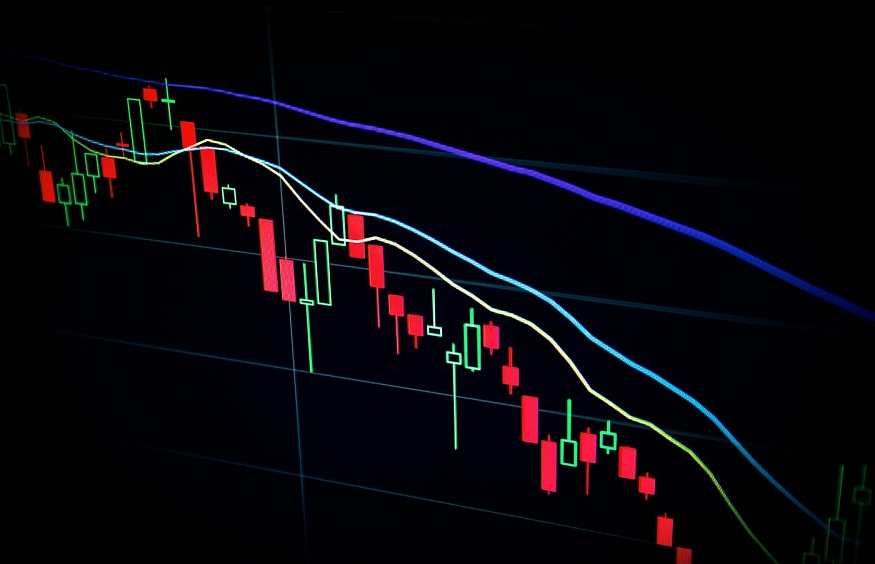Sentiment analysis has evolved from a niche field to a core component of modern trading strategies. By examining social media platforms and news outlets, investors and traders can gain a unique advantage in predicting market movements and understanding stock price fluctuations. This advanced form of sentiment analysis, which goes beyond traditional financial metrics, taps into the emotions, opinions, and reactions of the public—an invaluable resource in today’s fast-moving financial landscape. In this article, we will explore how sentiment analysis of social media and news sentiment can be used for stock trading, offering insights into its methods, tools, risks, and future potential.
Understanding Sentiment Analysis
Sentiment analysis, also known as opinion mining, involves processing and analysing textual data to determine the sentiment behind it—whether it’s positive, negative, or neutral. Originally, sentiment analysis was used primarily in marketing and customer service. However, its application in stock trading has grown significantly as traders began to realise that the collective sentiment of the market, as expressed through news and social media, can drive stock prices in ways that traditional financial analysis may not predict.
At its core, sentiment analysis leverages natural language processing (NLP) to interpret human emotions within text. It assigns values or scores to sentiment expressions, helping traders quantify and evaluate market sentiment. This enables them to gauge potential shifts in market dynamics based on public perception rather than just economic indicators or corporate earnings. To get started, see more here.
The Role of Social Media in Stock Trading
In today’s digital age, social media has become an omnipresent force in the financial world. Platforms like Twitter, Reddit, and StockTwits provide real-time opinions and discussions about stocks, making them valuable sources for sentiment analysis. Social media has a unique power to influence stock movements—sometimes even more so than traditional news outlets—due to its ability to rally large communities around a specific stock or market event.
The real-time nature of social media means that sentiment can shift rapidly, often reflecting changes in investor mood or market news before they show up in traditional financial reports. A single tweet from an influential figure or a viral post on Reddit can trigger a market reaction that is disproportionate to the news itself. This makes social media sentiment analysis a powerful tool for traders looking to stay ahead of the curve.
Analysing sentiment from social media involves a few key techniques. Text mining and NLP are used to scan millions of posts across various platforms to identify emotions. Tools and algorithms are designed to recognize keywords, phrases, and tone that indicate positive or negative sentiment about a stock. For example, if many users on Reddit are discussing a particular stock positively, the sentiment score for that stock will be adjusted upwards. Conversely, if discussions turn negative, the sentiment score may reflect that shift.
News Sentiment and Its Impact on Stock Prices
While social media sentiment offers a grassroots perspective on market moods, news sentiment reflects the more formal and institutional side of public opinion. News sentiment analysis focuses on the information shared by credible news outlets, financial reports, and press releases. This sentiment can come from a variety of sources, such as earnings announcements, corporate restructuring, geopolitical events, or economic indicators. Unlike social media, which often reflects the opinions of a broad spectrum of people, news sentiment is shaped by professional analysts, journalists, and market experts.
The importance of news sentiment lies in its ability to shape long-term market perceptions. While social media may drive short-term volatility, news sentiment has a more profound impact on investor decisions and stock prices over time. An unexpected earnings report or a major political development can send ripples through the market, with stocks responding almost immediately to the information being disseminated.
Combining Social Media and News Sentiment for Advanced Analysis
One of the key innovations in sentiment analysis for stock trading is the integration of both social media and news sentiment data. While social media provides real-time, grassroots insight into market sentiment, news sentiment offers a more structured and institutional view. Combining these two data sets creates a powerful tool for traders, as it enables them to gauge both immediate reactions and longer-term trends.
By merging social media and news sentiment, traders can form a comprehensive picture of the market’s mood. For example, a positive news story about a company might be followed by a burst of enthusiasm on social media, signalling that the stock is likely to experience a significant price increase. Conversely, if news sentiment turns negative and is followed by a surge in negative social media discussions, it could indicate a potential sell-off.
Conclusion
Sentiment analysis, especially when drawing on social media and news sentiment, offers a powerful edge for traders looking to gain insight into the market’s mood. By combining these data sources and using advanced tools, traders can uncover hidden market signals and anticipate price movements. However, like any tool, sentiment analysis must be used carefully, with attention to data quality and risk management.



